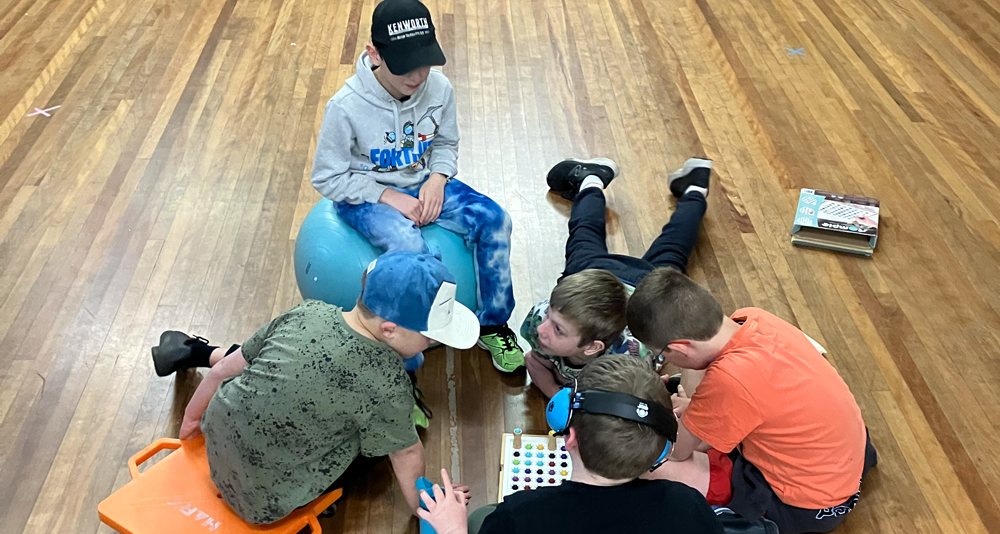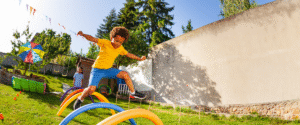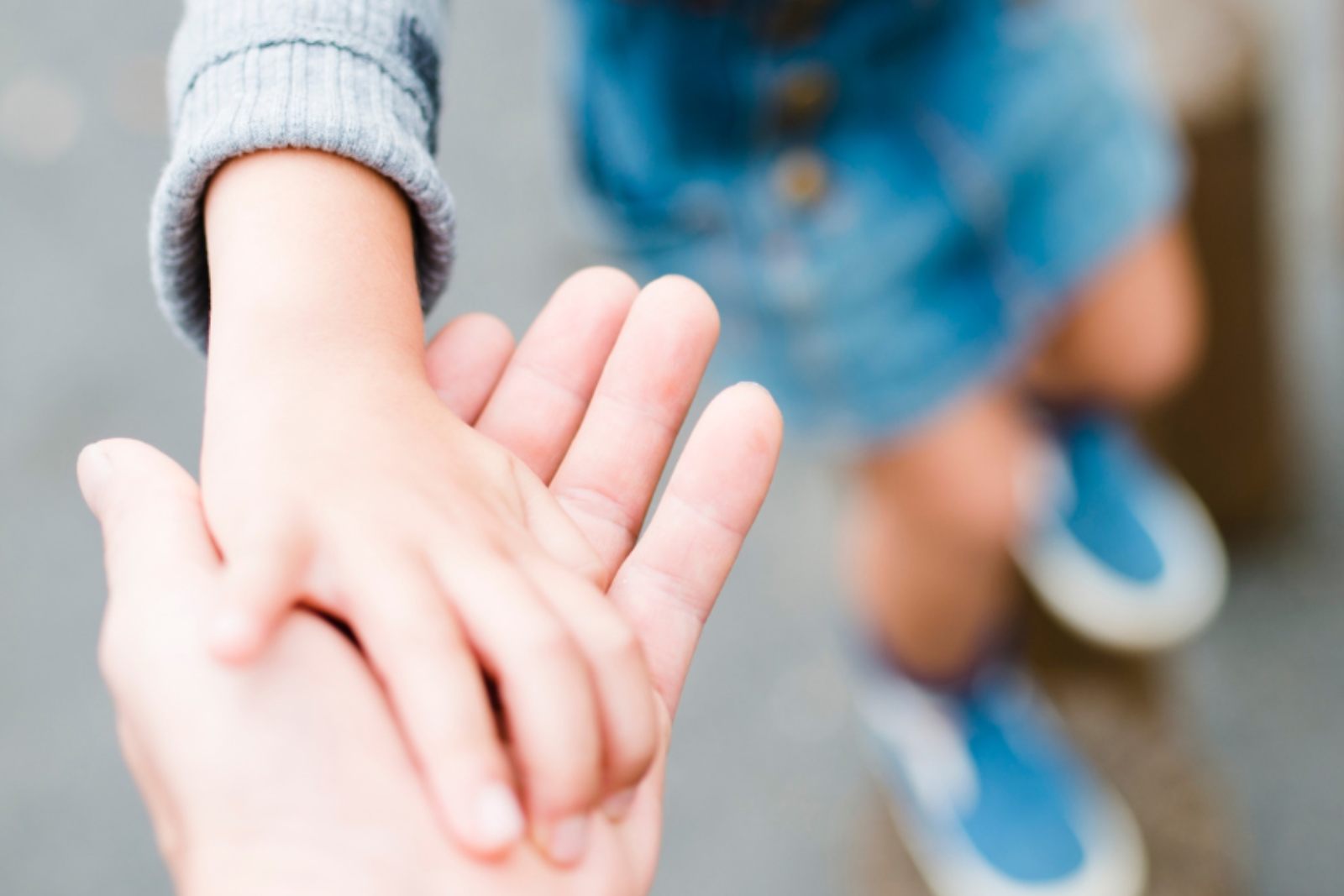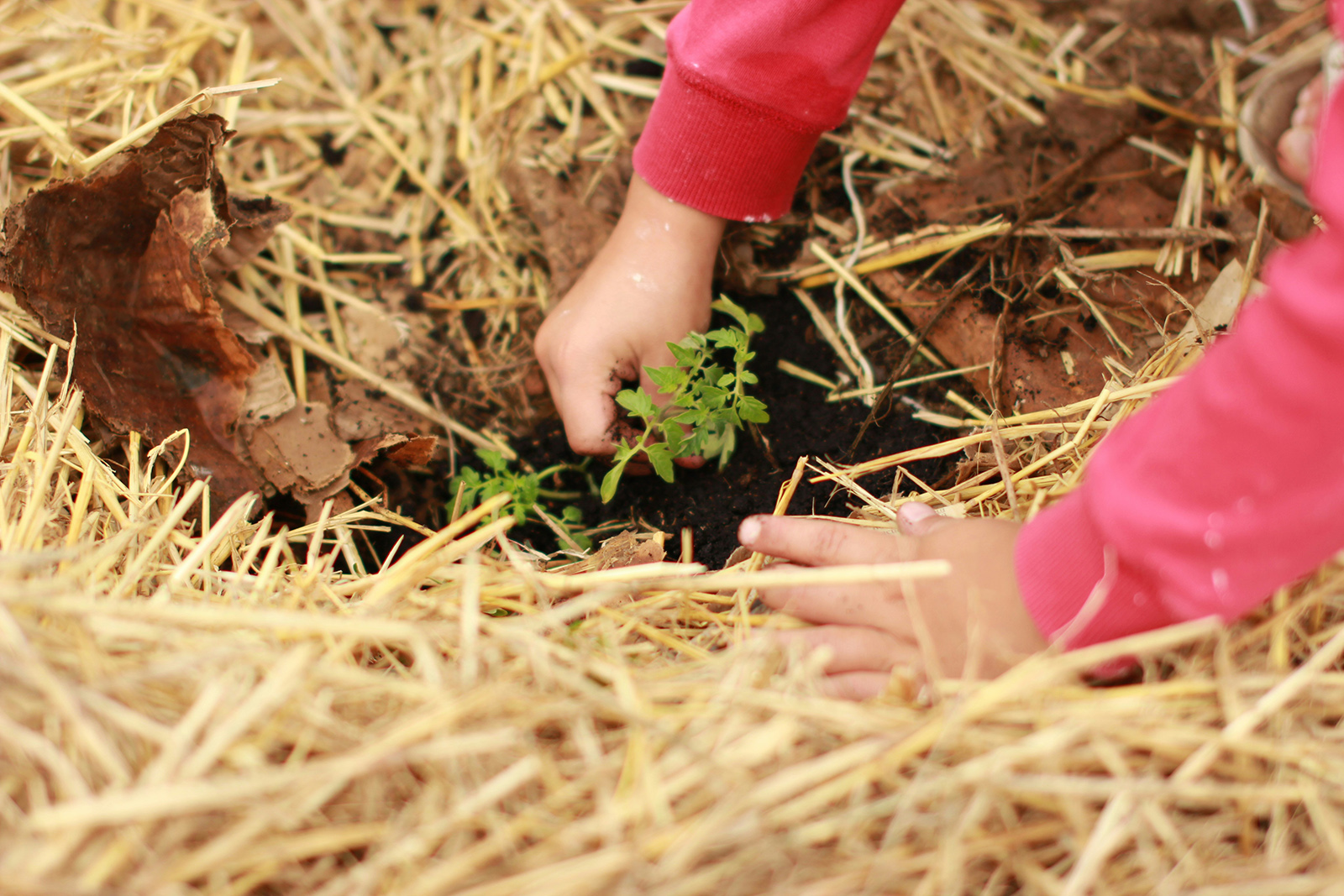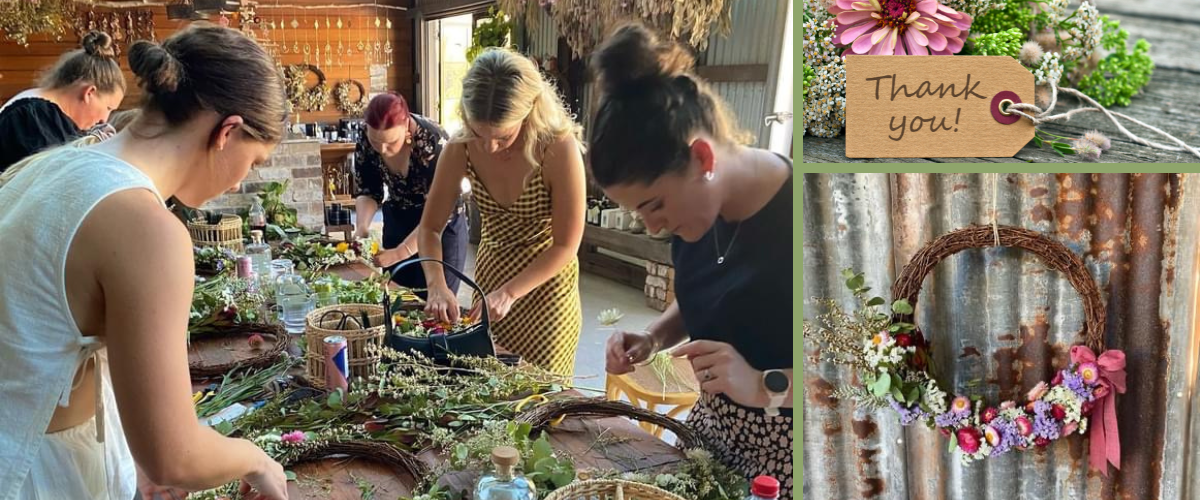
WELCOME TO 2025: A YEAR OF COMMUNITY AND WELLBEING!
Welcome to 2025: Explore and Soar is focused on community wellbeing!
Happy New Year, everyone!
Welcome to 2025! As we step into this new year, we’re thrilled to kick off our January School Holiday Group Programs and Intensives, starting January 13th. We can’t wait to see you all there!
Our Annual Theme: Community for Wellbeing
This year, Explore and Soar is focusing on community wellbeing by fostering strong connections within our local communities.
For us, being an active part of both the Explore and Soar and Occupational Therapy communities enriches our connections, support, and resilience, allowing us to provide the best practices for our clients and families. This highlights the importance of communities remaining connected to promote our collective wellbeing.
Every member of our Explore and Soar team is part of their own community outside of work—whether through hobbies, volunteering, or local activities. This community provides them with joy and support. When you think about “Community for Wellbeing,” what comes to mind for you?
What Does Community Mean to Us?
A community can be defined in many ways. While it’s more commonly known as a ‘geographical location or place of residence’, at its core, it’s about relationships that bind people together.
In occupational therapy, there are many definitions of community, but this one stands out for us:
“to do something that cannot be easily done in isolation
(Scaffa, 2001, Pg.8)”
It highlights that the basis of a community is in the relationships of people who come together. A community built around wellbeing thrives when its members come together to share values and cultures and support each other. For us, engaging in our community through jobs, schooling, sporting activities, volunteering, shopping locally, or advocating for community improvements (such as new parks or pathways) are just a few ways we can connect and support one another to achieve common goals.
When we contribute to something meaningful and can use our unique skills and talents within our community, we not only find joy but also enhance our contribution and connection within our community to help improve our health and, ultimately, our wellbeing.
Understanding Wellbeing
Wellbeing is a personal and multifaceted journey. It is defined by what, how, and where each person is in a positive state. Wellbeing encompasses many aspects of our lives: Occupational/Work, Emotional, Financial, Social, Environmental, Intellectual, Spiritual, and Physical health. Each of these elements plays a vital role in our overall wellbeing, helping us find purpose, contribute, and find meaning in what we do.
When we actively work towards improving our wellbeing, we improve our health and enhance our everyday lives, by finding more motivation and meaning to keep going.
Now, don’t get me wrong — improving our wellbeing isn’t always easy. It requires consistency, support, and adaptation. Some days, I find balance; other days, I need to focus on my social connections or my physical health.
It is important to remember that everyone’s version of wellbeing and where they find meaning is unique, and that’s perfectly okay!
Building Connections for Your Wellbeing
Where can you start building connections to enhance your wellbeing? Consider your current relationships. Do they bring you joy, and are they conducive to my wellbeing? What areas could you improve? Reflect on the time you can dedicate to nurturing these connections.
These are all great starting points to direct yourself towards where you want to start building these relationships.
Here are some great ways to enhance your wellbeing through connection:
- Volunteer at your child’s school to meet other parents and teachers – This is both rewarding and helps build connections.
- Say hello to someone who walks at the same time as you are taking a morning stroll – Connect over shared interests.
- Join a group or activity that sparks your interest.
- Sign up for a local team sport to enjoy camaraderie and physical activity.
Building relationships in your local community can significantly enhance your community wellbeing, helping you achieve a more balanced life.
Explore and Soar’s Commitment to Connection
At Explore and Soar, we are deeply committed to supporting our local communities and fostering meaningful connections. To learn more about our team, values, and the work we do to enhance community wellbeing, we invite you to visit our About page and discover how we’re making a difference in the lives of our clients and families.
Some ways we do this are:
- We have continued to develop group programs to support our clients in socialising and engaging in fun activities with children of similar ages, consistently offering these opportunities within our local community in Branxton.
- We have attended local community events and school expos.
- We have sponsored local sporting associations.
- Education has also been our way to connect. Volunteering our time to offer online and in-person educational talks to parents of children transitioning into Kindergarten and teacher education and training to further enhance their connection with our clients within the classroom and playground environments.
Exciting New Initiatives!
We are continually creating opportunities for our clients and their families to connect, share their lived experiences, empathise, and feel supported in their communities.
This year, we’re excited to announce the launch of a Parent and Caregiver Support Group. Join us for coffee, conversation, and connection in a warm, welcoming environment. Keep an eye out for details in the coming weeks.
We cannot wait to see you there!!
Tracking Your Wellbeing Journey
Our own Jess Rodgers has been working behind the scenes to develop a Wellbeing Planner designed to help track goals and wellbeing progress. This planner originated during the rapid changes of 2020-2021 when Jess realised she needed a way to stay accountable and look after her health and wellbeing.
Jess created a Wellbeing Planner to achieve this goal!
Our Explore and Soar team will utilise this Wellbeing Planner throughout the year to support our journeys and remain accountable for our health and wellbeing to ensure we are happy, healthy, and present to support you, our clients, and our families. And we’re thrilled to offer it to you as well.
If you’d like to join us on this journey, purchase your Wellbeing Planner today. With the new Wellbeing Planner, we hope this will help our clients track and improve their health through intentional goal-setting.
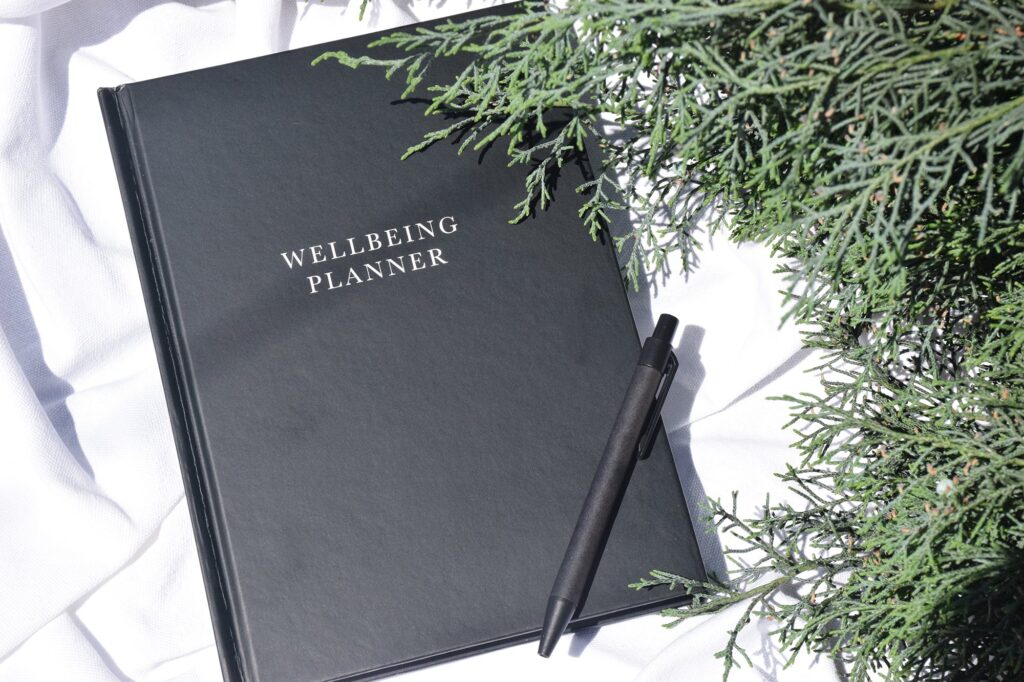
We look forward to being part of our community this year, providing support, education, and engagement for all our clients and families.
By focusing on community wellbeing, we hope to inspire you to start building meaningful connections, too!
Stay tuned for exciting events and monthly blogs filled with valuable information just for you!
Until next time,
Jess and the Explore and Soar Team
PUBLISHED DECEMBER 2024
References
- Hyett, N., McKinstry, C. E., Kenny, A., & Dickson-Swift, V. (2015). Community-centred practice: Occupational therapists improving the health and wellbeing of populations. Australian Occupational Therapy Journal, 63(5-8).
- Scaffa, M. (Ed.). (2001). Occupational Therapy in Community-Based Practice Settings. Philadelphia: F. A. Davis.



